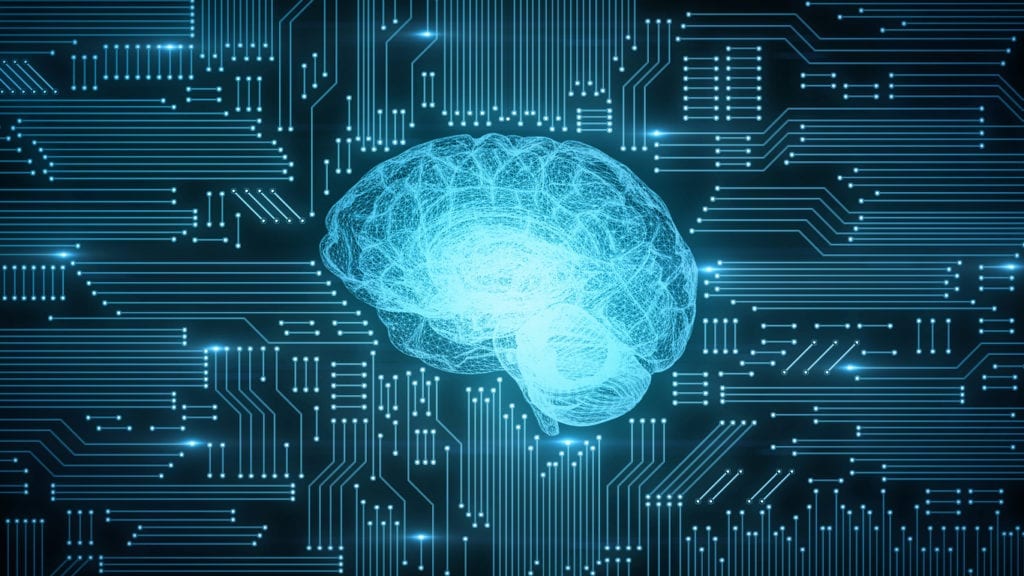Is Your Company’s Digital Nervous System Functioning at 100%?
The human brain relies on a network of sensory inputs from the entire body to orient itself within space and time, take in the world and make sense of it all. It processes reams of data that change by the second, as well as a lifetime of memories to make split second decisions crucial to its well-being. I heard a lot about this growing up because my beloved grandfather, Dr. Harry Dickson Patton, was a professor of physiology and biophysics at the University of Washington in Seattle. He named his boat “The Neuron.”

When important documents are buried in a clunky intranet experience, employees turn to in-person conversations and DMs to get answers they need to do their work—and that’s assuming their co-workers know the answers. Furthermore, COVID restrictions have made these in-person interactions impossible, making it increasingly difficult and frustrating for employees to find the documents and data they need to be effective.
Your search bar is the synapse of your company’s nervous system–the gateway to insights for the collective memory of what the organization has learned that allows the “body” of your company to move.
As a company grows and ages, the number of documents and data sources increases and the algorithms that worked when the system was simpler can’t keep up. The amount of time you have to spend manually fine-tuning backend rules delivers ever-diminishing returns. Legacy approaches cannot meet the challenge of gathering more data while also providing it instantly to workers in the right context.
Your search bar is the synapse of your company’s nervous system–the gateway to insights for the collective memory of what the organization has learned that allows the “body” of your company to move.

Innovative organizations are implementing new tools for the digital workplace to help them uncover structured and unstructured data within their networks and provide it to their people, so they can make crucial decisions more quickly. What’s been missing is the capability to pull all those inputs and repositories together, so that machines can surface the right information sooner, and teach themselves how to improve that experience over time.
Rapid improvements in AI are making each of our digital nervous systems more alert and responsive to the needs of the modern workplace. They learn what to show employees and when to show it to them, without making them wait. Be sure your digital nervous system is up to the task! If my grandfather were still with us, he would shake his fist at us all and tell us to take care of our organizational neurons.
The original version of this article can be found at AI & Machine Learning Tech Brief.